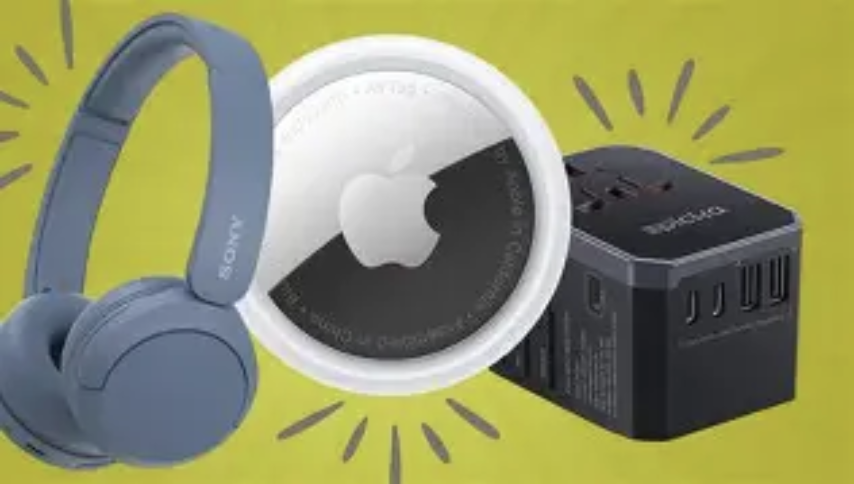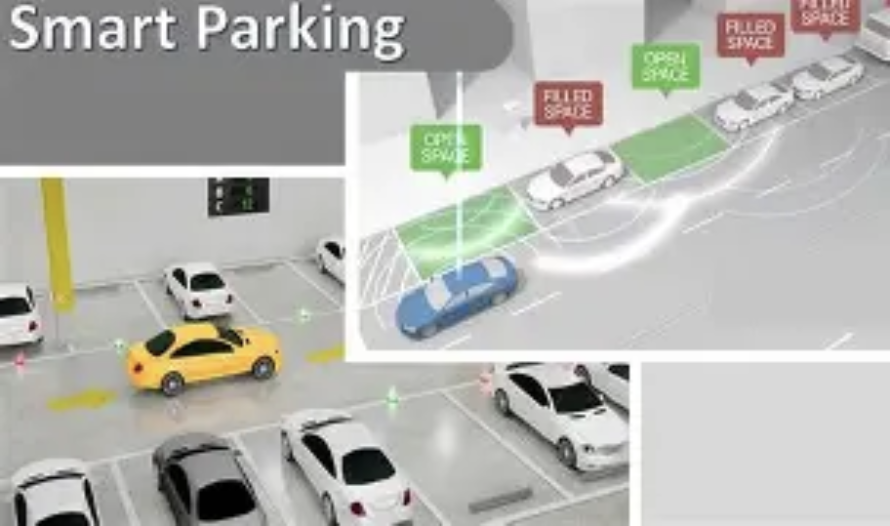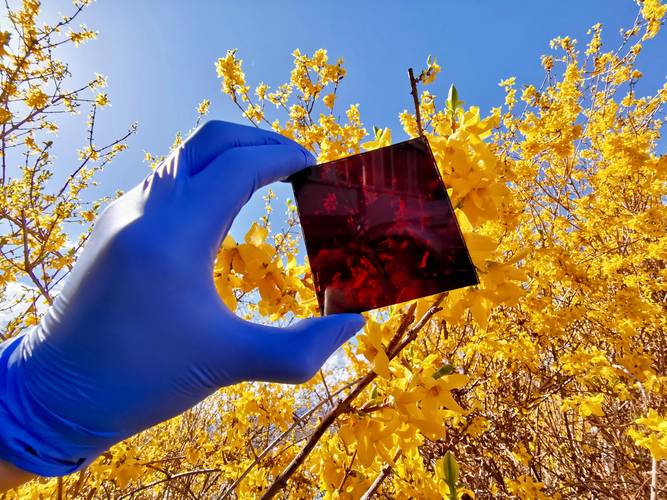Tech Equity: From Hi-Tech to Daily Life
Not too long ago, advanced technology belonged solely to the affluent—meant for individuals who had the means to purchase expensive medical equipment or custom smart home setups. Now, a subtle transformation is taking place: the "technology equity era," in which innovations that were once out of reach are gradually becoming necessary items. For savvy consumers, this change is not merely about making things more accessible; it’s about changing how technology enriches daily life.

This change goes beyond mere price reductions—it involves reconsidering design to address actual requirements. Affordable intelligent thermostats now adapt to household patterns to reduce energy costs, whereas simple smartphones provide telehealth services to remote areas. These devices do not dilute technology; instead, they focus on the essential aspects, establishing empowerment via innovation as a norm rather than a privilege.
Medical Precision for Everyone
Sophisticated diagnostic equipment that used to be found only in elite hospitals can now be held in one's hand. Portable blood testers, which previously cost a small fortune, now deliver lab-quality results at home for a much lower cost. Moreover, AI-enhanced skin analysis, which used to be an exclusive luxury service, is now available in budget-friendly smart mirrors, allowing users to monitor their skincare effectiveness with the same precision as dermatological offices.

Smart Home Luxury Simplified
The era when a connected home required skilled engineers is behind us. Modern modular smart technologies enable homeowners to begin with a simple setup—like a voice-activated thermostat or AI-based lighting—and gradually enhance their systems. Features that were once meant for opulent estates, such as predictive climate control, are now standard in more affordable smart hubs, making customized comfort available to a broader audience.
Wearables: Expanding to Overall Wellness
Initially, wearables were seen as luxury items for technology fans. Today, they are making health monitoring accessible to everyone. Budget-friendly smartwatches now provide ECG readings and blood oxygen monitoring—capabilities that were previously exclusive to high-end devices. Additionally, posture-correcting gadgets and sleep quality monitors, once considered specialized products, are now mainstream, making proactive health management a routine part of life for all.
Educational Technology for Every Learner
AI-based tutoring systems and personalized learning applications, previously limited to prestigious educational institutions, now cater to students from diverse backgrounds. Adaptive learning software utilizes the same algorithms as elite schools to customize lessons according to individual abilities and challenges. This development enables families to access high-quality educational resources that were once only available to the affluent.

Accessible Sustainable Technologies
Innovations that are environmentally friendly, such as solar chargers and smart energy monitoring devices, were once seen as pricey purchases. Nowadays, they have become affordable essentials, allowing consumers to lower their environmental impact without spending a fortune. Even electric bicycles, previously regarded as extravagant, have evolved into a feasible commuting choice, merging ecological responsibility with everyday ease.
For the wealthy, technology equity means not compromising on excellence for the sake of accessibility; instead, it emphasizes that genuine innovation flourishes when it benefits everyone. The most thrilling technologies today are not exclusive possessions; they are accessible to the masses, enhancing everyday life in ways that feel both premium and attainable. In this new age, the worth of technology is defined not by its scarcity, but by its capacity to transform remarkable experiences into commonplace realities.
(Writer:Ganny)




